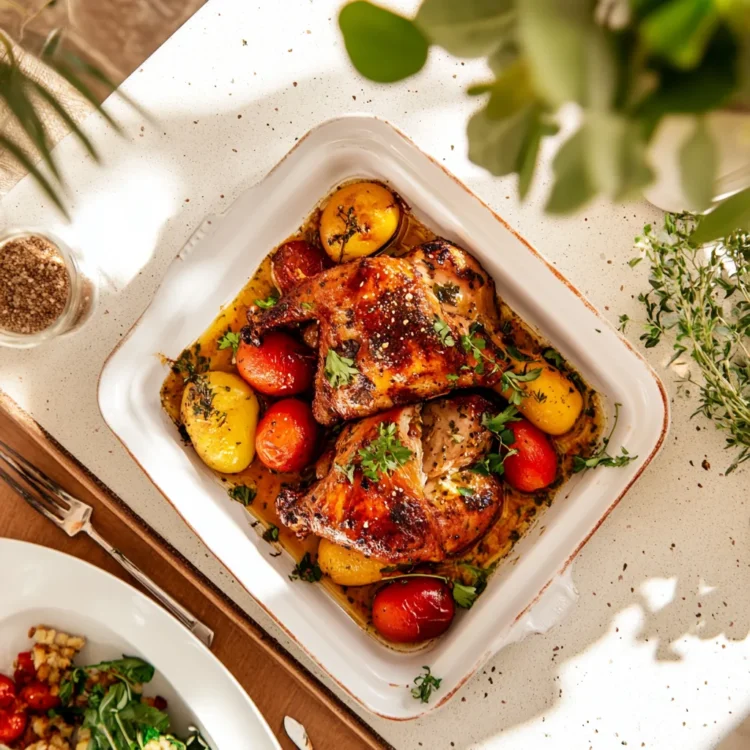Turkey dinner recipes are a staple in many households, especially around the holidays. Whether you’re cooking for Thanksgiving, a festive dinner, or just craving a hearty, comforting meal, turkey dinner recipes can transform any occasion. In this guide, we’ll explore how to make a delicious turkey dinner that is not only flavorful but also easy to prepare. From selecting the perfect turkey to creating the ideal sides, let’s dive into the best turkey dinner recipes you’ll want to try today.
Why Turkey Dinner Recipes Are So Popular
Turkey is a beloved dish for many reasons. It’s versatile, packed with flavor, and can be used in various recipes, from roasted turkey to turkey salads, sandwiches, and even soups. The thing that makes turkey dinner recipes especially popular is the combination of tender meat with savory sides, creating a meal that’s perfect for gathering around the table with friends and family.
Turkey also offers significant health benefits, including being rich in lean protein, low in fat, and packed with essential nutrients like B vitamins and selenium. Not only is it a delicious option, but it’s also nutritious.
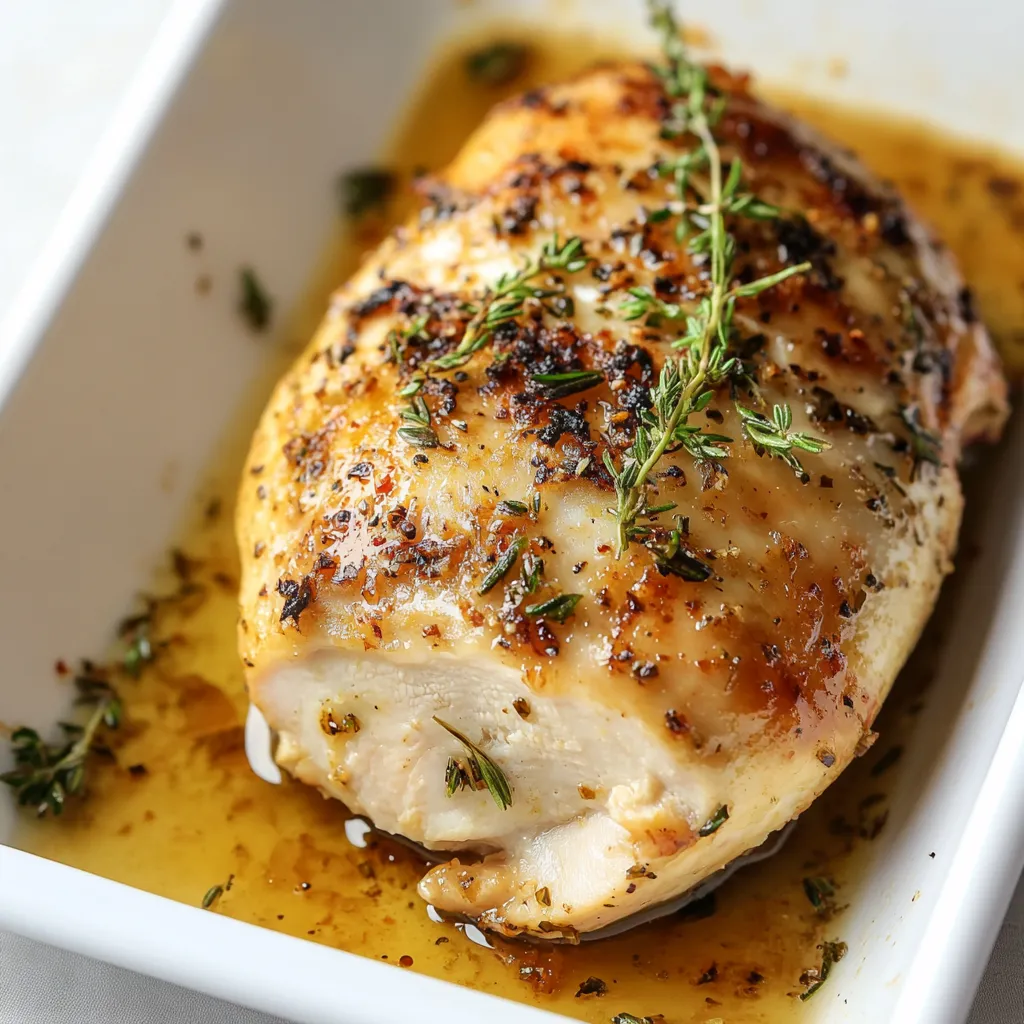
The Key Components of a Turkey Dinner Recipe
When it comes to crafting the perfect turkey dinner, the meal is more than just the bird itself. A balanced turkey dinner consists of a few key components:
-
The Turkey: The centerpiece of the dinner, it should be cooked to perfection—juicy, tender, and golden brown.
-
Side Dishes: Think mashed potatoes, stuffing, roasted vegetables, cranberry sauce, and more.
-
Gravy and Sauces: Nothing complements a turkey dinner better than a rich and flavorful gravy to pour over the turkey and mashed potatoes.
-
Desserts: A sweet ending to your meal with pies, cakes, or other desserts that pair well with turkey.
Each of these components works together to create a fulfilling and satisfying meal that’s both comforting and celebratory.
Choosing the Best Turkey for Your Dinner Recipe
Selecting the right turkey is essential for any turkey dinner recipe. Here’s what to keep in mind when buying your bird:
Fresh or Frozen Turkey?
-
Fresh Turkey: Fresh turkey is often preferred for its tenderness and flavor. However, fresh turkeys are generally more expensive and have a shorter shelf life, so be sure to buy it close to your dinner date.
-
Frozen Turkey: Frozen turkeys are more affordable and can be stored for longer periods. If you go this route, make sure to allow ample time for thawing (roughly 24 hours for every 5 pounds of turkey).
What Size Turkey Do You Need?
When selecting the right turkey, a general rule of thumb is to plan for 1.5 pounds of turkey per person. This will ensure that everyone has enough to eat and leaves you with some leftovers. Here’s a breakdown based on serving sizes:
-
For 4 people: Buy a 6-pound turkey
-
For 6 people: Buy a 9-pound turkey
-
For 8 people: Buy a 12-pound turkey
-
For 10 people: Buy a 15-pound turkey
-
For 12 people: Buy an 18-pound turkey
What Type of Turkey Should You Buy?
-
Whole Turkey: A whole turkey is the most traditional and often the best choice for a turkey dinner recipe.
-
Turkey Breasts: If you’re only looking to serve a few people or prefer white meat, a turkey breast can be a great option. Turkey breasts cook faster and are easier to manage.
-
Turkey Tenderloins: Tenderloins are another excellent option. They cook quickly and remain juicy, making them a perfect choice for a sheet pan meal or a more casual dinner.
Essential Ingredients for Turkey Dinner Recipes
To create a classic turkey dinner, you’ll need the following ingredients:
For the Turkey:
-
1 whole turkey (10-16 pounds) or your choice of turkey cuts (breast, tenderloin)
-
Olive oil or butter
-
Fresh herbs (rosemary, thyme, sage)
-
Salt and pepper
-
Garlic (optional)
-
Poultry seasoning or a seasoning blend
For Classic Side Dishes:
-
Potatoes (for mashed potatoes or roasted)
-
Carrots, celery, and onions (for stuffing or roasting)
-
Cranberries (for cranberry sauce)
-
Stuffing mix or homemade breadcrumbs (for stuffing)
-
Sweet potatoes (for roasted or candied sides)
-
Green beans or other seasonal vegetables (for roasting or sautéing)
For Gravy:
-
Turkey drippings
-
Butter
-
Flour (or cornstarch)
-
Turkey or chicken broth
For Dessert:
-
Pies (pumpkin, apple, pecan)
-
Cakes or cobblers
-
Whipped cream or ice cream (for topping)
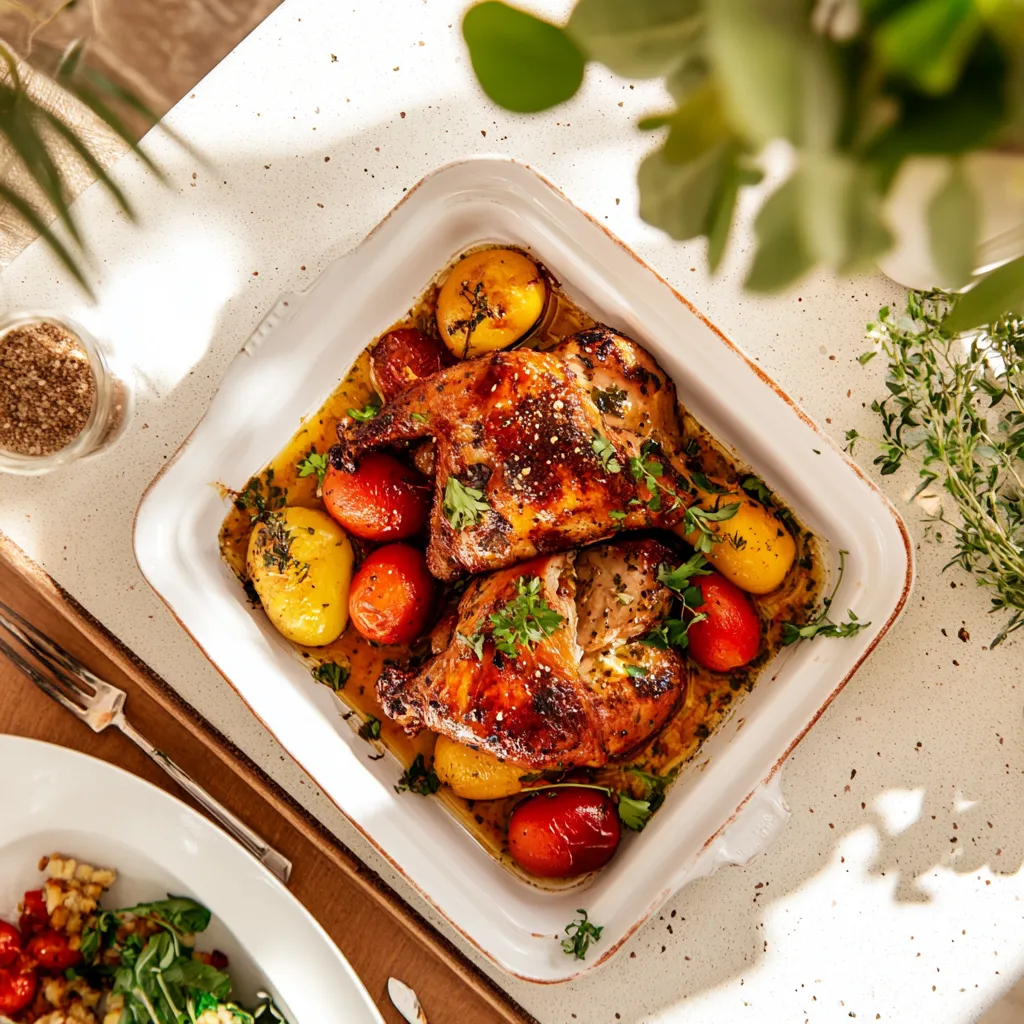
Step-by-Step Turkey Dinner Recipe
Here’s a simple and delicious recipe that you can follow to create a turkey dinner from scratch. This turkey dinner recipe uses a whole turkey, roasted vegetables, mashed potatoes, and homemade gravy, all cooked together for a seamless, delicious meal.
Ingredients:
-
1 whole turkey (12 pounds)
-
2 tablespoons olive oil or butter
-
2 teaspoons salt
-
1 teaspoon pepper
-
2 tablespoons fresh rosemary (or 1 tablespoon dried)
-
1 tablespoon fresh thyme (or 1 teaspoon dried)
-
1 lemon, halved
-
1 onion, quartered
-
4 garlic cloves, smashed
-
2 cups turkey or chicken broth
Side Dishes:
-
Mashed potatoes (about 4 cups of mashed potatoes)
-
Roasted vegetables (carrots, potatoes, onions, and Brussels sprouts)
-
Cranberry sauce (optional)
Instructions:
1. Prepare the Turkey:
-
Preheat the oven to 325°F (165°C).
-
Remove the giblets and neck from the turkey and pat the bird dry with paper towels.
-
Rub the turkey inside and out with olive oil or butter.
-
Season the turkey with salt, pepper, rosemary, and thyme.
-
Stuff the cavity with lemon halves, onion, and garlic.
-
Place the turkey breast-side up on a rack in a roasting pan.
2. Roast the Turkey:
-
Pour turkey or chicken broth into the bottom of the roasting pan.
-
Roast the turkey, uncovered, for about 13 minutes per pound. For a 12-pound turkey, this would take approximately 2.5 to 3 hours. Use a meat thermometer to ensure the turkey reaches 165°F in the thickest part of the thigh.
-
Baste the turkey occasionally with the pan juices, but avoid opening the oven too often to keep the temperature steady.
3. Prepare the Side Dishes:
-
While the turkey is roasting, prepare mashed potatoes and roasted vegetables.
-
For mashed potatoes, peel and boil the potatoes in salted water until tender, then mash them with butter and cream.
-
Roast vegetables like carrots, Brussels sprouts, and potatoes with olive oil, salt, and pepper at 400°F for about 25-30 minutes, or until tender and caramelized.
4. Make the Gravy:
-
Once the turkey is cooked and removed from the pan, use the drippings to make gravy.
-
In a saucepan, melt 2 tablespoons of butter and whisk in 2 tablespoons of flour to create a roux.
-
Gradually add the turkey drippings and broth, whisking continuously until the gravy thickens.
5. Rest and Carve the Turkey:
-
Let the turkey rest for 15-20 minutes before carving. This allows the juices to redistribute.
-
Carve the turkey, serve with mashed potatoes, roasted vegetables, and gravy.
Variations and Alternatives for Turkey Dinner Recipes
While a classic turkey dinner is always a favorite, there are plenty of variations and alternatives to keep things interesting. Whether you’re looking for different ways to cook your turkey or trying new side dishes, there are plenty of ways to customize your turkey dinner recipe.
Alternative Turkey Preparation Methods
-
Air Fryer Turkey:
If you don’t have a traditional oven, or if you prefer a quicker method, try air frying your turkey! Air fryers are great for cooking turkey breasts or tenderloins, giving the meat a crispy exterior while keeping it juicy on the inside. Simply season your turkey, place it in the air fryer basket, and cook at 360°F for about 25-30 minutes, depending on the size. -
Slow Cooker Turkey:
For a more hands-off approach, consider making turkey in a slow cooker. This method is perfect for turkey breasts or tenderloins. Simply season the meat, add a little broth, and let it cook on low for 6-8 hours. The result is fall-apart tender turkey that can be used in sandwiches, salads, or served as a main dish. -
Grilled Turkey:
If you’re grilling outdoors, why not try grilling your turkey? Grilled turkey has a smoky flavor that is perfect for the warmer months. You can grill a whole turkey, but it’s easier to work with turkey breasts or thighs. Brine the meat for a few hours, rub it with your favorite seasonings, and cook it on the grill over indirect heat until the internal temperature reaches 165°F. -
Stuffed Turkey:
Stuffing the turkey with your favorite herbs, vegetables, and aromatics can elevate the flavor of your bird. Be cautious when stuffing your turkey—ensure the stuffing reaches a safe temperature of 165°F to avoid any food safety issues. Alternatively, you can prepare the stuffing separately and serve it alongside.
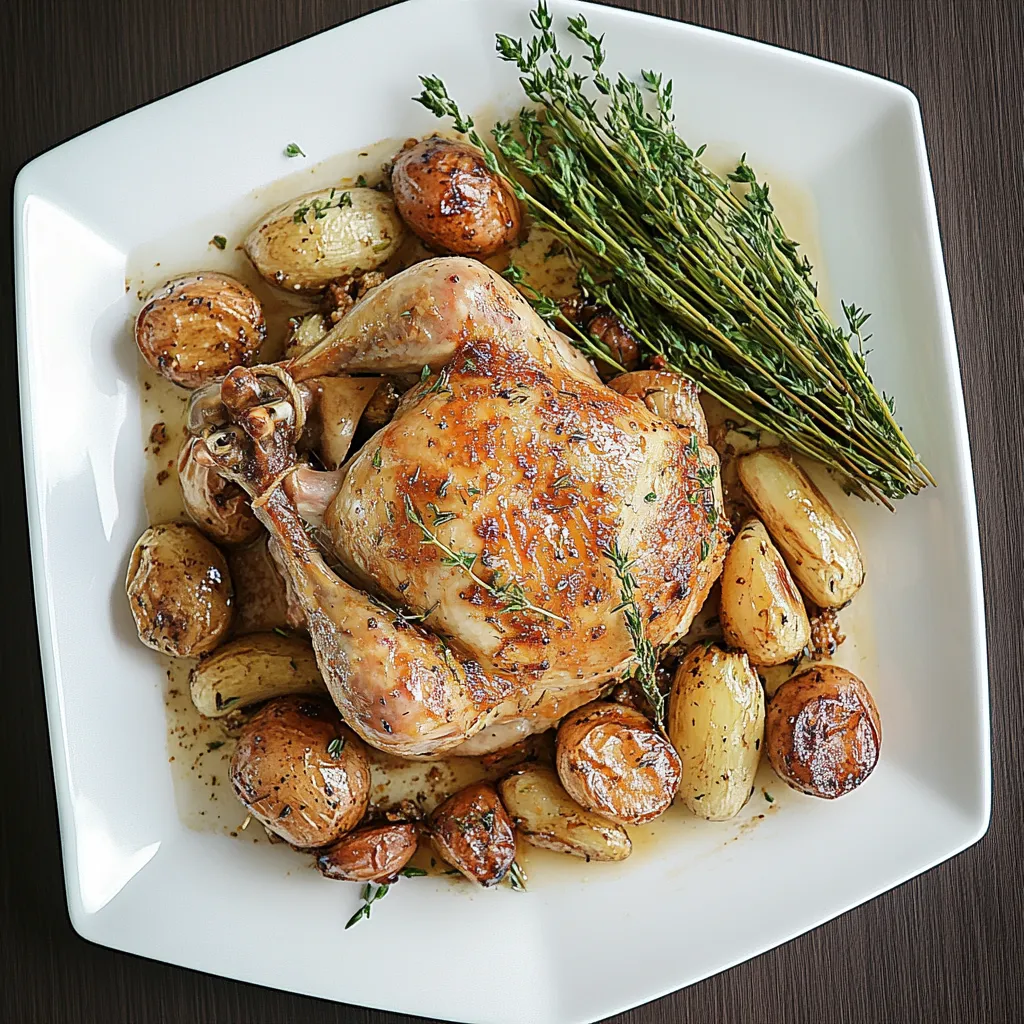
Creative Side Dish Ideas for Your Turkey Dinner
The sides are just as important as the turkey itself. While mashed potatoes, stuffing, and green beans are classic options, there are plenty of other sides you can make to complement your turkey dinner. Here are a few creative side dish ideas for your next turkey dinner:
1. Garlic Parmesan Roasted Brussels Sprouts
Roasting Brussels sprouts with garlic and parmesan creates a crunchy, savory side dish. Simply toss the Brussels sprouts with olive oil, minced garlic, and parmesan cheese, and roast in a hot oven until they are crispy on the edges.
2. Maple-Glazed Carrots
For a touch of sweetness, try maple-glazed carrots. The natural sweetness of the carrots paired with the rich, syrupy flavor of maple syrup makes for a perfect addition to your turkey dinner. Roast the carrots with olive oil, salt, and a drizzle of maple syrup for 20-25 minutes until tender and caramelized.
3. Sweet Potato Casserole
A Thanksgiving classic, sweet potato casserole can be made in many ways. Try a savory version with garlic, cheese, and herbs, or stick with the traditional sweet version, topped with marshmallows and candied pecans.
4. Crispy Brussels Sprout Salad
For a lighter, fresher side, try a Brussels sprout salad. Shave raw Brussels sprouts and toss them with lemon juice, olive oil, salt, and pepper. Add in some dried cranberries, nuts, or goat cheese for added flavor and texture.
5. Stuffed Acorn Squash
Acorn squash makes for a beautiful side dish and can be stuffed with a variety of fillings. You can stuff it with a mixture of quinoa, cranberries, pecans, and herbs for a vegetarian option that pairs well with turkey.
6. Cornbread
No turkey dinner is complete without some delicious cornbread. Whether you like it sweet or savory, cornbread can be baked in a skillet and served warm with a dollop of butter. It’s perfect for sopping up gravy or pairing with your turkey.
Make-Ahead Turkey Dinner Recipes for Easy Hosting
If you’re hosting a large crowd or just want to save time on the day of your turkey dinner, there are plenty of ways to prep your turkey dinner in advance. Here are some make-ahead tips for a stress-free dinner:
1. Roast the Turkey the Day Before
You can roast your turkey a day or two ahead of time. Simply cook the bird as directed, let it cool, and refrigerate it. On the day of your dinner, reheat the turkey in a low oven (about 325°F) until warmed through. This method can save you hours on the day of your dinner.
2. Prepare Side Dishes in Advance
Many side dishes, such as mashed potatoes, casseroles, and roasted vegetables, can be made ahead of time. Prepare these dishes a day or two before your meal, refrigerate them, and simply reheat them in the oven before serving. This allows you to focus on carving the turkey and making the gravy.
3. Make Gravy Ahead of Time
Gravy can be made a day or two ahead of time and stored in the fridge. On the day of the meal, simply reheat the gravy in a saucepan, adding turkey drippings or broth if needed to thin it out. This ensures you have rich, flavorful gravy without any last-minute scrambling.
4. Prepare Desserts Ahead of Time
Desserts like pies and cakes can be made the day before and stored at room temperature or in the refrigerator. Make sure they’re covered to maintain freshness. Pies, in particular, often taste even better after a day of sitting, as the flavors have time to meld together.
Leftover Turkey Dinner Ideas
After your turkey dinner, you’ll likely have plenty of leftovers. Don’t let them go to waste! Here are some creative ways to use your leftover turkey:
1. Turkey Sandwiches
A classic leftover turkey option is a turkey sandwich. Layer slices of turkey with cranberry sauce, stuffing, and a bit of mayo or mustard on your favorite bread. Add a slice of cheese and you’ve got the ultimate post-Thanksgiving lunch.
2. Turkey Soup
Use your leftover turkey bones and meat to make a hearty turkey soup. Add vegetables like carrots, celery, and potatoes, and season with thyme, bay leaves, and a bit of salt and pepper. It’s a comforting meal that’s perfect for the days following your turkey dinner.
3. Turkey Tacos
Shred your leftover turkey and use it as a filling for tacos. Add taco seasoning, and top with your favorite toppings like salsa, guacamole, and sour cream. This is a fun and easy way to switch things up after your big turkey dinner.
4. Turkey Casserole
Combine leftover turkey with some cooked pasta, vegetables, and a creamy sauce for a comforting turkey casserole. Bake until bubbly and golden, and you’ve got a delicious meal that’s just as satisfying as the original.
Troubleshooting and Tips for Perfect Turkey Dinner Recipes
While turkey dinner recipes are generally easy to follow, there are a few common challenges that may arise. Whether it’s overcooked turkey or lumpy gravy, it’s helpful to know how to troubleshoot these issues before they ruin your meal. Here are some common problems and solutions for a perfect turkey dinner.
1. Dry Turkey
One of the most common issues with turkey dinners is dry meat. To ensure your turkey stays juicy, follow these tips:
-
Don’t Overcook: The key to a moist turkey is to avoid overcooking. Always use a meat thermometer to check the internal temperature of the bird. The turkey is done when it reaches 165°F (74°C) in the thickest part of the thigh.
-
Baste with Butter or Broth: Basting the turkey with its own juices or a mixture of melted butter and broth during the cooking process can help keep it moist.
-
Rest Before Carving: After cooking, let your turkey rest for at least 15 minutes. This allows the juices to redistribute, ensuring a moist and flavorful turkey.
2. Gravy That’s Too Thin
If your gravy turns out too thin, don’t panic! Here’s how to fix it:
-
Use a Thickening Agent: If your gravy is too runny, mix 1 tablespoon of cornstarch or flour with a small amount of cold water to make a slurry. Slowly add this mixture to the gravy while whisking to thicken it.
-
Simmer Longer: If you have the time, simmer your gravy on low heat for an extra 5-10 minutes to reduce and thicken naturally.
-
Use More Drippings: The more turkey drippings you have, the thicker and more flavorful your gravy will be. Make sure to scrape all the browned bits from the bottom of the roasting pan to add to the gravy.
3. Turkey Skin That’s Not Crispy
Nobody wants soggy skin on their turkey! To achieve that perfect, crispy skin, try these tips:
-
Pat the Turkey Dry: Before seasoning your turkey, make sure the skin is dry. Pat it with paper towels to remove any excess moisture.
-
Use High Heat: Start cooking the turkey at a high temperature (about 425°F or 220°C) for the first 20-30 minutes to help the skin crisp up. Then, reduce the temperature to 325°F (165°C) to finish cooking.
-
Brush with Butter or Oil: Apply a thin layer of butter or oil to the skin before roasting. This helps promote browning and crisping.
4. Lumpy Mashed Potatoes
Mashed potatoes can sometimes turn out lumpy, but it’s easy to fix. Here’s how:
-
Use a Potato Ricer or Masher: If you don’t want lumps, use a potato ricer or masher for a smoother texture. Avoid using a food processor or blender, as this can turn the potatoes into a gluey mess.
-
Warm the Cream and Butter: To avoid cold, hard lumps, warm your cream and butter before adding them to the mashed potatoes. This helps them blend more smoothly.
-
Don’t Overmix: Mix the mashed potatoes just enough to combine the ingredients. Overmixing can result in a starchy, gummy texture.
5. Undercooked Vegetables
Undercooked vegetables can be a deal-breaker for any meal. Here’s how to avoid this issue:
-
Check for Doneness: Always check your vegetables for doneness by piercing them with a fork or knife. If they are tender, they’re ready to go.
-
Cut Vegetables Evenly: Cut your vegetables into similar-sized pieces so they cook evenly. This will prevent some pieces from being overcooked while others remain raw.
-
Pre-cook or Par-cook: Some vegetables, like carrots and potatoes, benefit from being partially cooked (par-cooked) before roasting. This ensures they cook fully without burning the outside.
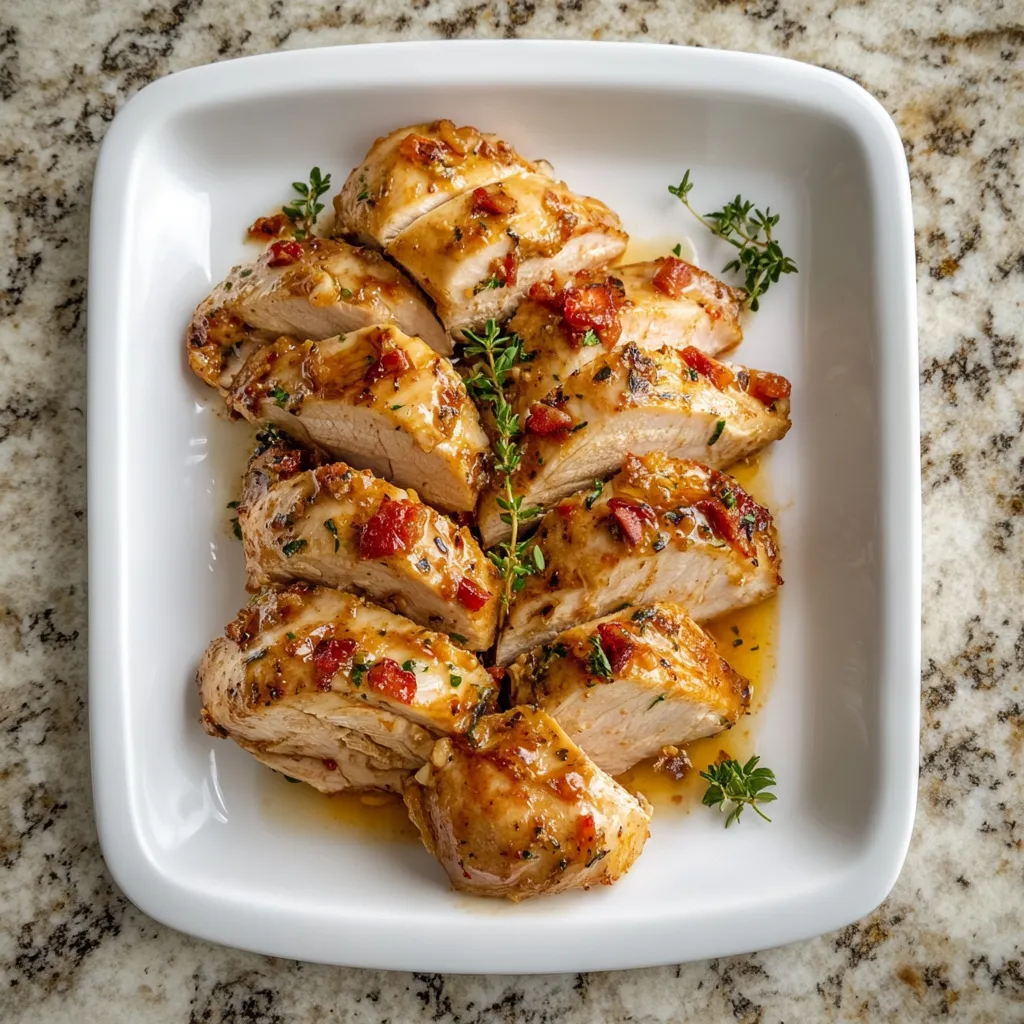
How to Serve and Present a Turkey Dinner
Presentation can elevate the experience of your turkey dinner. Here are some tips for serving your turkey dinner with style:
1. Carve the Turkey Elegantly
-
Use a sharp carving knife to ensure smooth, clean cuts.
-
Begin by removing the legs and thighs, then carve the breast into even slices. Arrange the slices in a fan shape on a platter to showcase the turkey.
-
Garnish the platter with fresh herbs or lemon wedges for a beautiful touch.
2. Use a Beautiful Serving Dish
-
Invest in some elegant serving platters and bowls for your sides. A decorative platter for your turkey, paired with matching bowls for side dishes, can enhance the overall presentation of your meal.
-
A large, shallow dish for mashed potatoes or roasted vegetables will allow guests to easily help themselves.
3. Garnish with Fresh Herbs
-
Fresh herbs like rosemary, thyme, and sage make beautiful garnishes that also add aroma. Sprinkle them over the turkey or use them to decorate the serving platter.
-
You can also add some roasted vegetables to the platter for a pop of color and flavor.
4. Offer Various Sauces and Condiments
-
Serve your turkey with a variety of sauces, including homemade gravy, cranberry sauce, or a rich mustard sauce. These add variety and depth to your turkey dinner, allowing guests to customize their plates.
-
Consider offering a bread basket with rolls or cornbread on the side.
Conclusion on Turkey Dinner Recipes
Creating the perfect turkey dinner recipe doesn’t have to be complicated. With the right techniques, some delicious side dishes, and a little preparation, you can serve a turkey dinner that will impress everyone at the table. Whether you’re roasting a whole turkey or making turkey tenderloins, the key is to keep things simple and focus on quality ingredients.
Remember, the magic of a turkey dinner recipe lies not only in the turkey itself but also in the sides, sauces, and desserts that complete the meal. By using fresh, seasonal ingredients and following these simple tips, you’ll create a memorable meal for your friends and family to enjoy.
So, next time you’re preparing a turkey dinner, use these tips to help make it the best one yet. Happy cooking!
Turkey Dinner Recipe Card
Ingredients:
-
For the Turkey:
-
1 whole turkey (10-16 pounds) or turkey cuts (breast, tenderloin)
-
2 tablespoons olive oil or butter
-
2 teaspoons salt
-
1 teaspoon pepper
-
2 tablespoons fresh rosemary (or 1 tablespoon dried)
-
1 tablespoon fresh thyme (or 1 teaspoon dried)
-
1 lemon, halved
-
1 onion, quartered
-
4 garlic cloves, smashed
-
2 cups turkey or chicken broth
-
-
For the Side Dishes:
-
Mashed potatoes (4 cups mashed)
-
Roasted vegetables (carrots, potatoes, onions, and Brussels sprouts)
-
Cranberry sauce (optional)
-
-
For the Gravy:
-
3 tablespoons butter
-
1 tablespoon flour (or cornstarch)
-
1 cup turkey drippings and/or turkey or chicken broth
-
Instructions:
-
Prepare the Turkey: Preheat the oven to 325°F (165°C). Remove giblets and neck, pat turkey dry with paper towels. Rub turkey with olive oil or butter, then season with salt, pepper, rosemary, and thyme. Stuff the cavity with lemon, onion, and garlic.
-
Roast the Turkey: Place turkey breast-side up on a roasting rack. Pour broth into the pan and roast uncovered for 13 minutes per pound. For a 12-pound turkey, this will take around 2.5 to 3 hours. Use a meat thermometer to check for doneness (165°F in the thickest part of the thigh).
-
Prepare Side Dishes: While the turkey roasts, prepare mashed potatoes and roasted vegetables. Boil potatoes until tender and mash with butter and cream. Roast vegetables with olive oil, salt, and pepper at 400°F for 25-30 minutes.
-
Make the Gravy: After removing turkey from the pan, use the drippings to make gravy. Melt butter in a saucepan, whisk in flour to make a roux, then gradually add turkey drippings and broth. Simmer until thickened (2-3 minutes).
-
Rest and Carve the Turkey: Let turkey rest for 15-20 minutes before carving. This allows the juices to redistribute. Serve with mashed potatoes, roasted vegetables, and gravy.
Notes:
-
Use a meat thermometer to ensure the turkey reaches an internal temperature of 165°F (74°C).
-
You can make the gravy ahead of time and reheat it on the day of serving.
-
Let your turkey rest after cooking for at least 15 minutes before carving to retain moisture.
-
Customize the vegetable sides with seasonal options like Brussels sprouts, sweet potatoes, or green beans.
Nutritional Facts (per serving):
-
Calories: 520 kcal
-
Protein: 40g
-
Fat: 28g
-
Carbohydrates: 30g
-
Fiber: 6g
-
Sugar: 5g
-
Sodium: 950mg
-
Cholesterol: 135mg
Prep Time: 20 minutes
Cook Time: 2.5 to 3 hours
Total Time: 3 to 3.5 hours
Method: Roasting, Gravy Making
Cuisine: American
Servings: 10-12 servings
Yield: 1 whole turkey (10-16 pounds)
Calories: 520 kcal per serving

